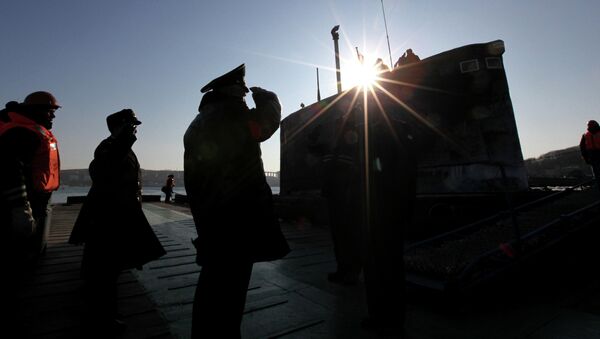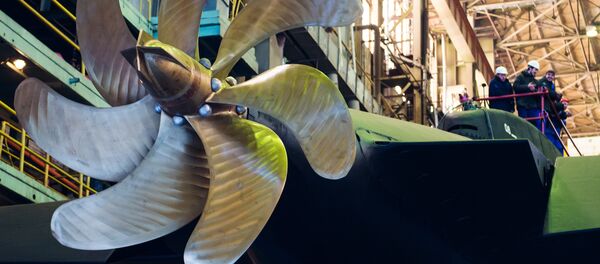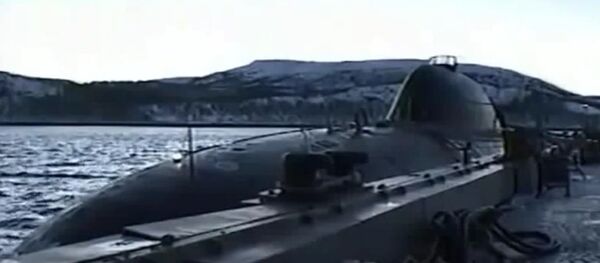On Friday, Russian Navy Deputy Commander-in-Chief Vice-Admiral Alexander Fedotenkov announced that the construction of Russia's fifth-generation non-nuclear submarines, dubbed Project Kalina, would begin in the "imminent future," earlier than Russian and foreign defense analysts had anticipated.
Earlier reports had indicated that construction of the new sub, which features a new air-independent propulsion system, would begin only after 2020, with some officials and experts stretching the timeframe out to "after 2025" and even "after 2030."
Commenting on the news of the apparent breakthrough in Russian non-nuclear sub technology in an analysis for the independent Russian online news and analysis hub PolitRussia, journalist Oleg Polevoy wrote that analysts' cautious predictions were not at all unwarranted, "since the backbone of the Russian Navy's current submarine fleet consists of third-generation vessels. Fourth generation subs had begun to come online on a mass scale relatively recently."
At the same time, Polevoy noted, "the ability to build nuclear submarines is something only a narrow circle of leading world powers are capable of. The United States and Britain have staked their resources exclusively on the construction of nuclear submarines, whose main advantage is a powerful reactor, and the ability to remain under water at a considerable depth for long periods of time. Subsequently, in spite of diesel subs' [comparatively] low cost, Washington and London have rejected them. The greater part of the world, meanwhile, has focused on developing non-nuclear submarines – due to their inability to build nuclear vessels."
"However, this has led to astounding results. Once considered a 'dead-end branch of research', non-nuclear submarines have recently essentially caught up with the characteristics of their nuclear cousins, demonstrating excellent performance at low noise levels and high maneuverability (all the while being significantly less expensive)."
For instance, Polevoy recalled, "in 2003, the Swedish non-nuclear submarine Gotland confidently prevailed in training duels over French and American nuclear subs."
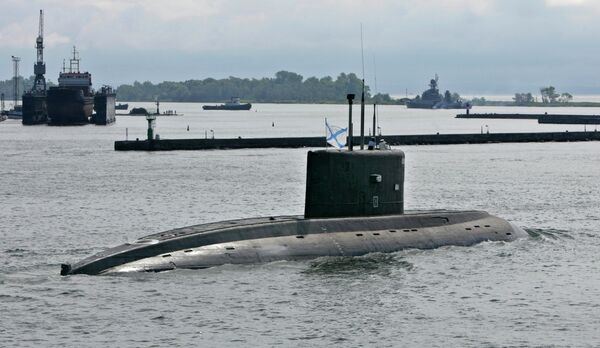
"The first 'glimmer of hope' for our shipbuilders was the Lada-class submarine (designated Amur-class in export markets). The vessel combined the traditional advantages of Russian diesel subs, together with a new air-independent power plant. The latter, however, appears to have come out incomplete – the power plant did not provide the required power."
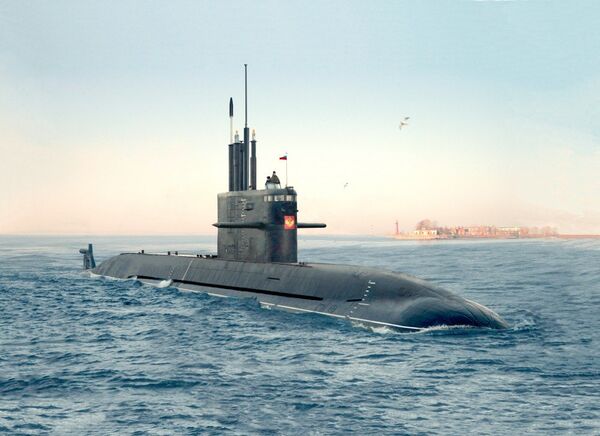
"But now," Polevoy indicated, "it has become clear that the problem of creating a truly effective air-independent propulsion system based on the Stirling engine has been solved by Russian designers; otherwise, such a sharp acceleration of the project of fifth-generation non-nuclear sub would be out of the question."
What's more, "it's been reported that the fundamental difference between the Russian air-independent propulsion system-equipped vessel and its foreign competitors will be the lack of a need to carry a supply of hydrogen. It will be generated on board as required."
The vessel's armaments, meanwhile, may well include the "tried and combat tested" Kalibr cruise missile system, Polevoy noted.
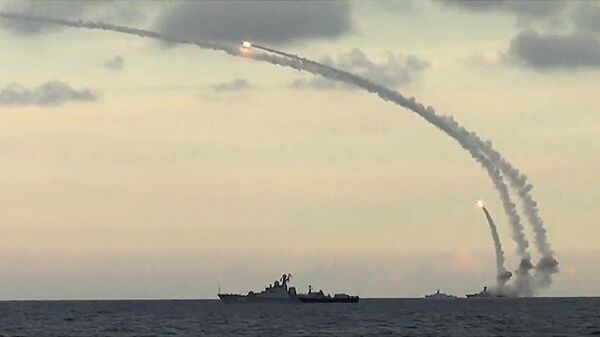
In addition to the Kalina, "Russian designers are also working on the Project Husky-class fifth generation nuclear submarine. The conceptual design should be completed by 2018. That vessel is expected to be made of fundamentally new materials, and armed with hypersonic missiles."
Ultimately, the journalist noted, "the appearance of the fifth generation of submarines ahead of schedule is a very important indicator. Of course, the Russian scientific community today has many problems. It's pointless to even argue this point. However, designs such as the Kalina demonstrate that in terms of quality, we are returning to our [once-lost] global positions, from one area of science and technology to another. And those who were once fond of repeating [former German Foreign Minister] Helmut Schmidt's characterization of Russia as an 'Upper Volta with rockets' might now prefer to keep their mouths shut…"
